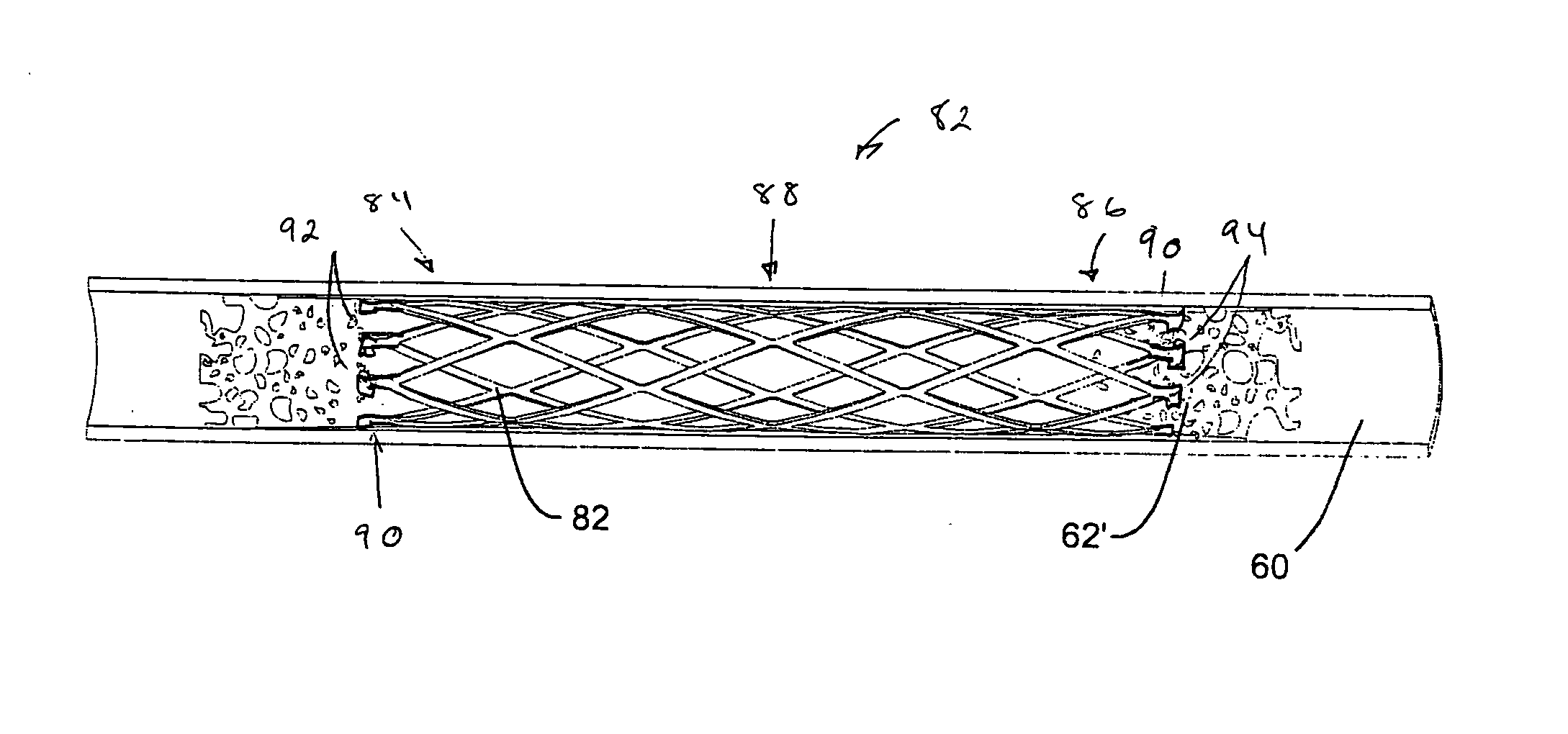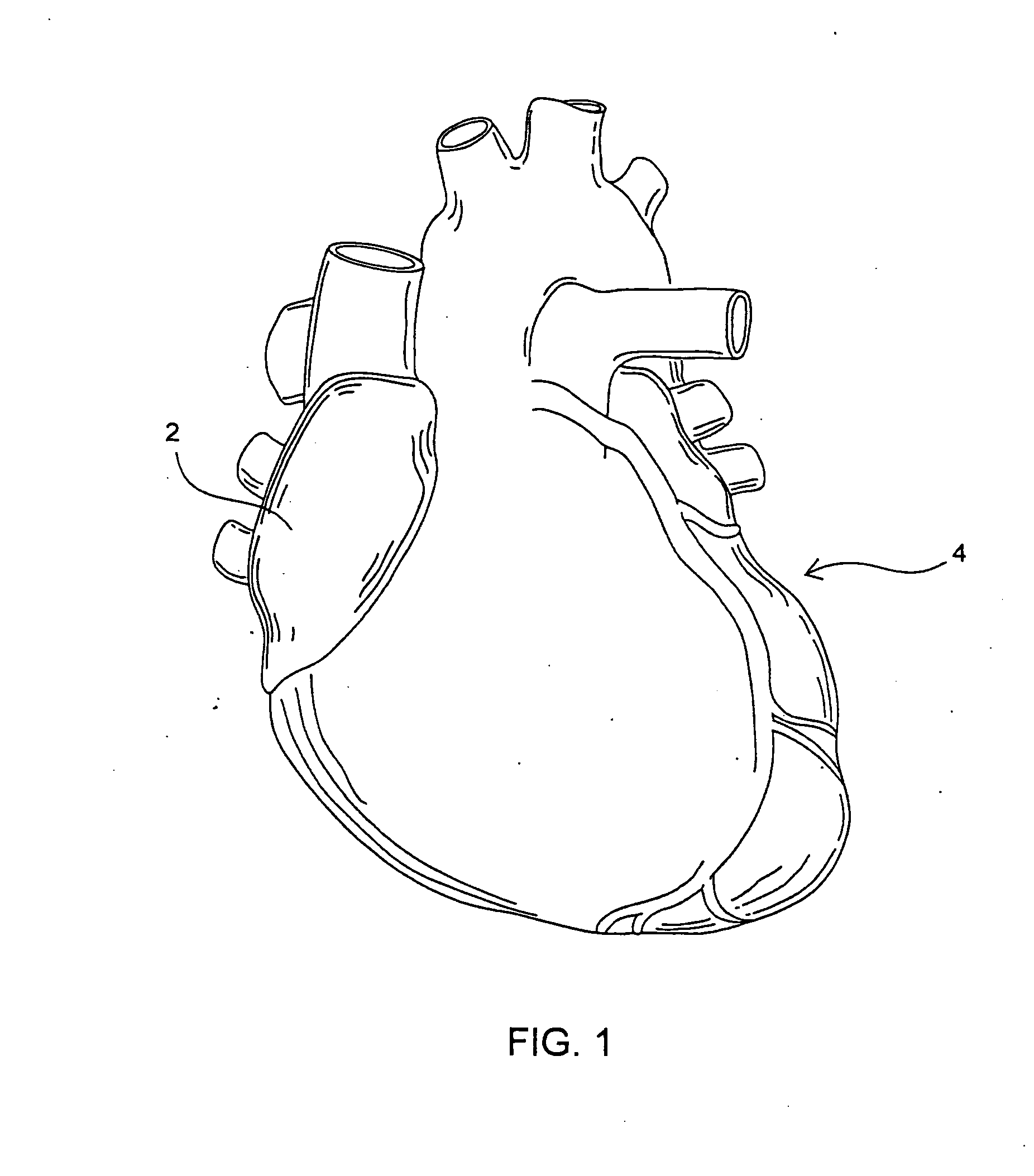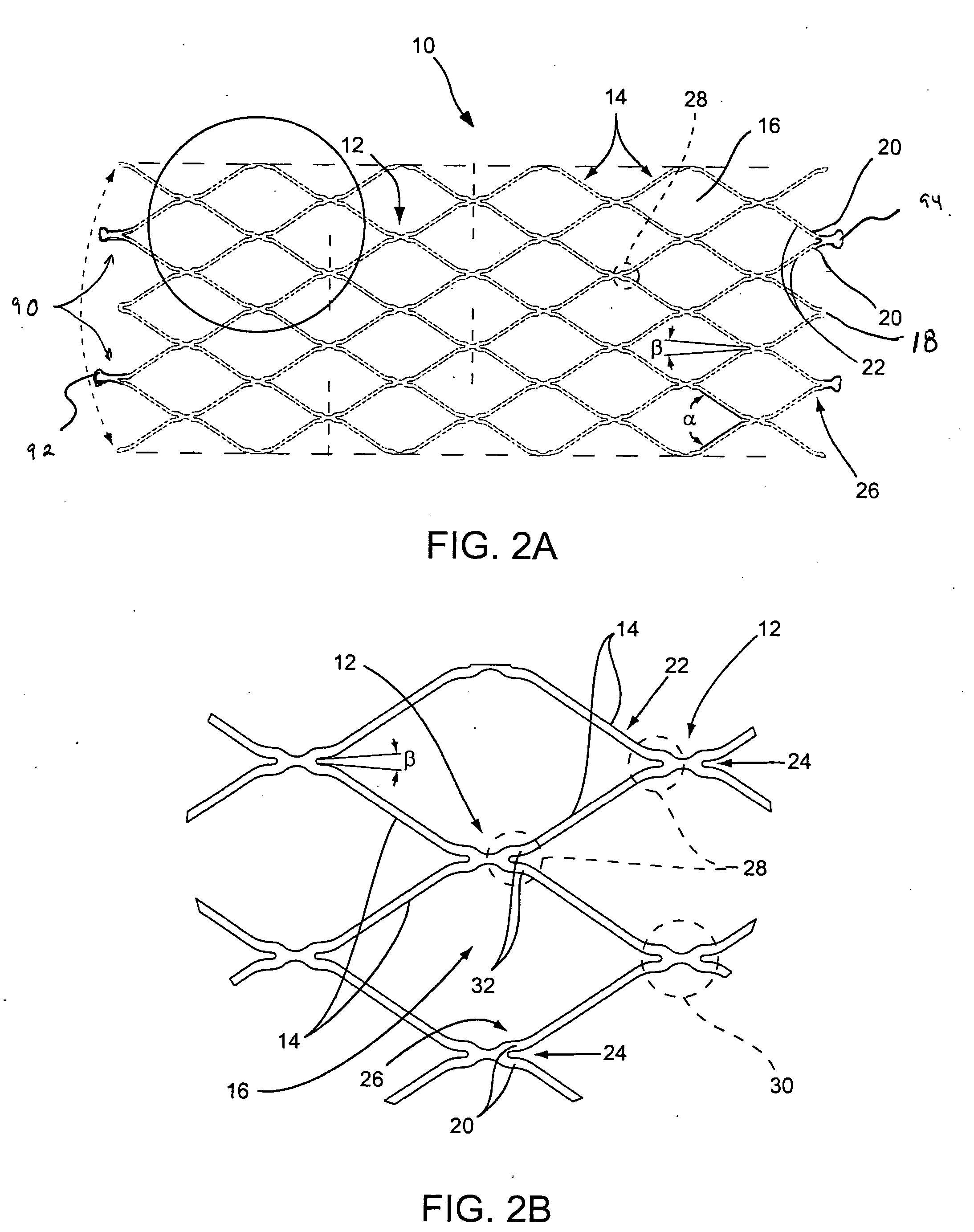Tubular restraint release approaches for electrolytic implant delivery system
a technology of electrolysis and implant delivery system, which is applied in the field of tubular restraint release approaches for electrolysis implant delivery system, can solve the problems of clinical practicality, basic mechanical feasibility of each system, and the influence of internal forces on system actuation, so as to improve the effect of electrocoagulation or eliminate the problem of electrocoagulation, the effect of increasing the peak voltag
- Summary
- Abstract
- Description
- Claims
- Application Information
AI Technical Summary
Benefits of technology
Problems solved by technology
Method used
Image
Examples
example 1
[0209] The impact of AC voltage on actual erosion / corrosion rates during bench tests of tensioned 0.002″ stainless steel wire was conducted. Setups were provided in which an insulated wire was equally tensioned and exposed along a 0.020 inch long section. The wires were placed in 38° porcine blood and power was applied. When applying 2V DC, it took 3-4 minutes to break the wire. When applying 2V DC and 10 Vpp AC, time to separation ranged from 20-30 seconds. The setups tested under DC-only conditions were observed to generate roughly 0.040 inch balls of electrocoagulation on the ends of the wire opposite the eroded section. In marked contrast, the AC / DC power driven setups showed no visible electrocoagulation.
example 2
[0210] The same test piece setup described in Example 1 was used with a lower DC voltage. With only 1V DC the wire would not break even after 15 minutes of applied power. When a 10 Vpp AC signal was added to the 1V DC signal, the sample test section broke in roughly 1 minute.
example 3
[0211] Tests were conducted to determine the improvement offered over the power supply provided by Target Therapeutics for detatching GDC® coils. First a comparative model was developed. The electrolytic “joint” in a GDC system was determined to be about a 0.005 inch long, 0.003 inch diameter stainless steel wire. In 38° porcine blood, with the Target Therapeutics power supply set at a 1 mA currently delivery setting, voltage metered by the power supply initially showed at 3V, rose to 6.5V for the majority of the deployment time, and then rose to 8V. Over a deployment time measured at 40 seconds, the average voltage observed was about 6.5V. In addition, a ball of electrocoagulation having about a 1 / 32 inch diameter was observed.
[0212] A “test joint” model was developed to compare a number of samples in performance. It employed a roughly identically sized exposed wire extension as described above, but no occlusive coil attached thereto. In eroding the wire extension with the Target ...
PUM
 Login to View More
Login to View More Abstract
Description
Claims
Application Information
 Login to View More
Login to View More - R&D
- Intellectual Property
- Life Sciences
- Materials
- Tech Scout
- Unparalleled Data Quality
- Higher Quality Content
- 60% Fewer Hallucinations
Browse by: Latest US Patents, China's latest patents, Technical Efficacy Thesaurus, Application Domain, Technology Topic, Popular Technical Reports.
© 2025 PatSnap. All rights reserved.Legal|Privacy policy|Modern Slavery Act Transparency Statement|Sitemap|About US| Contact US: help@patsnap.com



